We may earn money or products from the companies mentioned in this post. This means if you click on the link and purchase the item, I will receive a small commission at no extra cost to you ... you're just helping re-supply our family's travel fund.
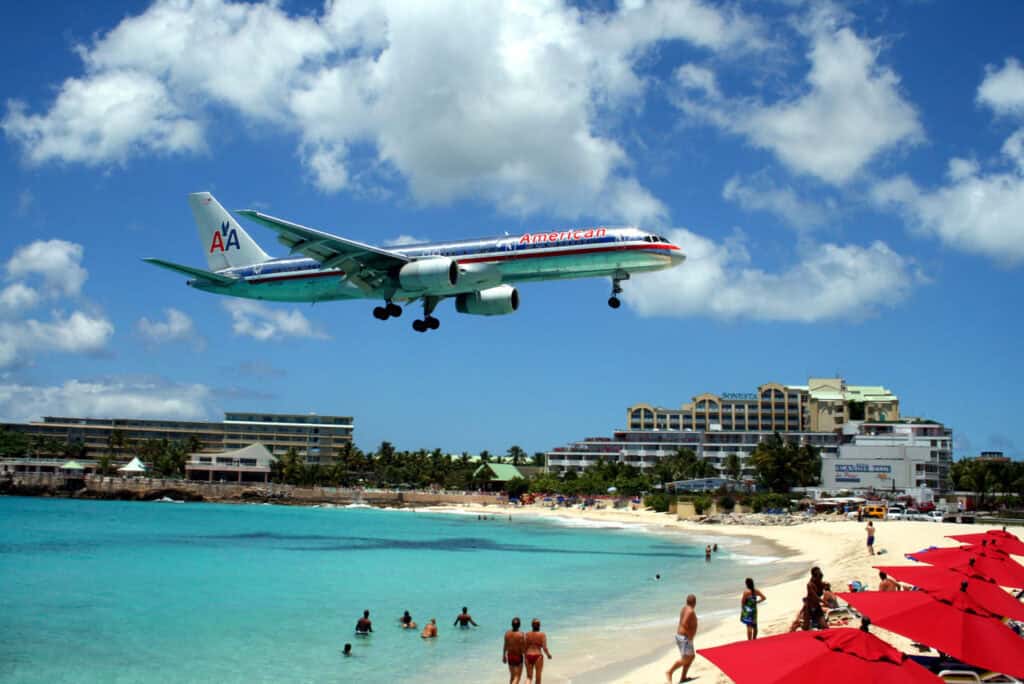
Not all airports are created equal. Some test the nerves of even the most seasoned pilots and travelers. From runways perched on cliffs to approaches squeezed between mountains, these airports require extra precision and caution. While many operate safely every day, knowing what makes them risky can help you prepare before booking. Whether it’s weather, terrain, or sheer geography, here are 12 airports that demand your attention before you step on board.
1. Lukla Airport, Nepal
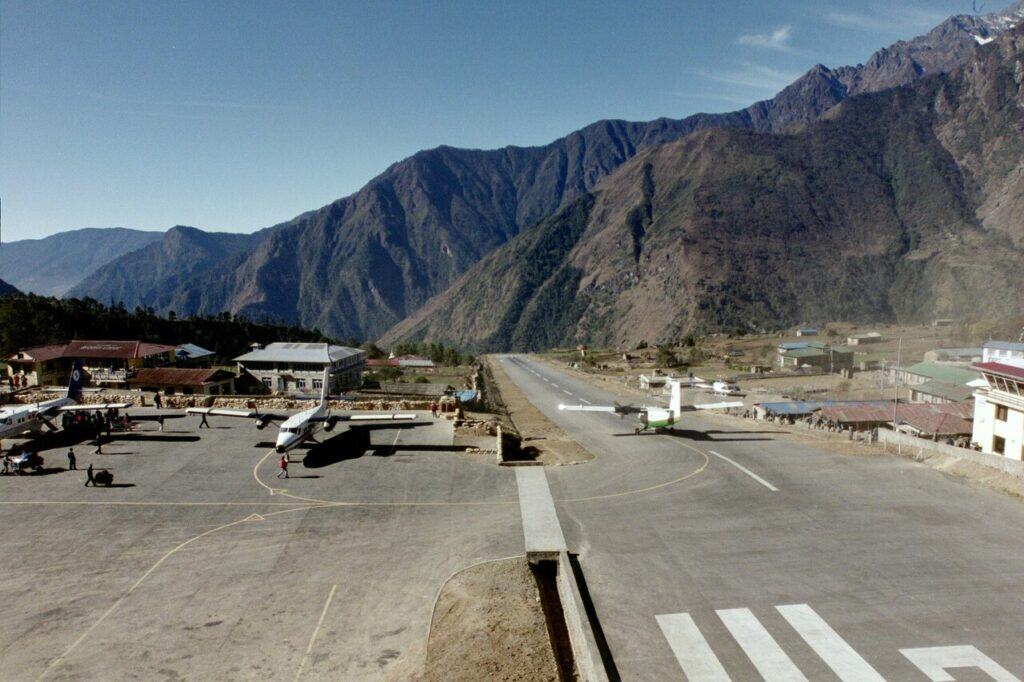
Tucked in the Himalayas, Lukla is often called the most dangerous airport in the world. Its runway measures just over 1,700 feet, with a cliff drop at one end and a mountain wall at the other. The altitude makes the air thinner, which reduces engine performance and requires precise calculations. Add sudden changes in weather and limited room for error, and you see why only experienced pilots attempt this approach. If you fly here, know it’s part thrill, part necessity for Everest trekkers.
2. Princess Juliana International Airport, St. Maarten
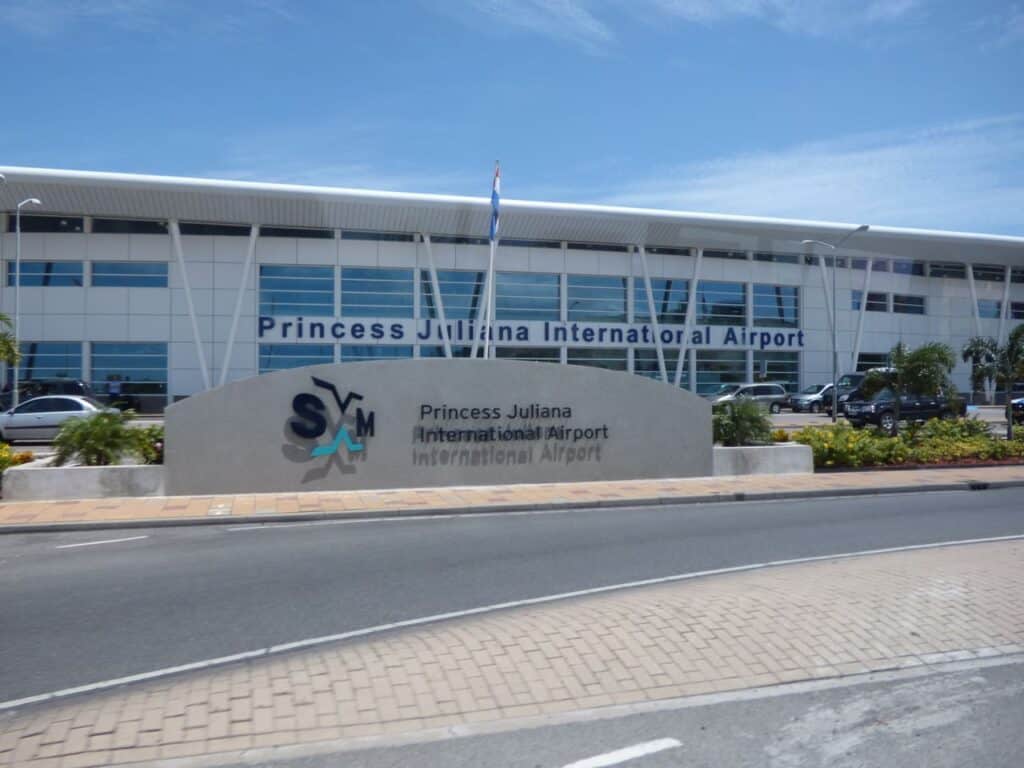
This airport is famous for beachgoers watching planes skim just above their heads, but for pilots it’s a technical challenge. The runway is shorter than most international standards and requires aircraft to approach low over Maho Beach before touching down. Gusty Caribbean winds make it even trickier. While it’s safe under skilled control, the airport demands precision, and any miscalculation leaves little margin for correction. For passengers, the landing feels both exhilarating and nerve-racking.
3. Toncontin International Airport, Honduras
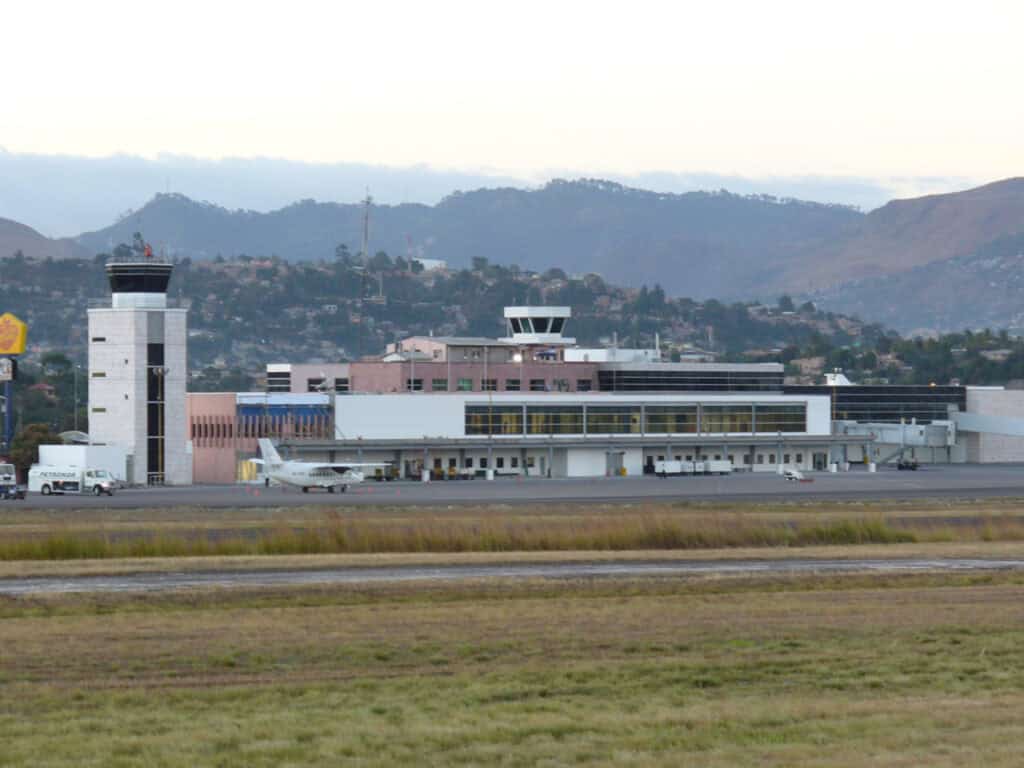
Surrounded by mountains, Toncontin forces pilots into a sharp, last-minute turn just before landing. Unlike long, straight approaches, this requires steady nerves and pinpoint timing. The runway itself is short, which adds to the tension, especially for larger aircraft. Sudden wind shifts in the valley only raise the difficulty. Though upgrades have improved safety, Toncontin remains one of the more challenging airports in Central America for both flight crews and travelers.
4. Paro Airport, Bhutan
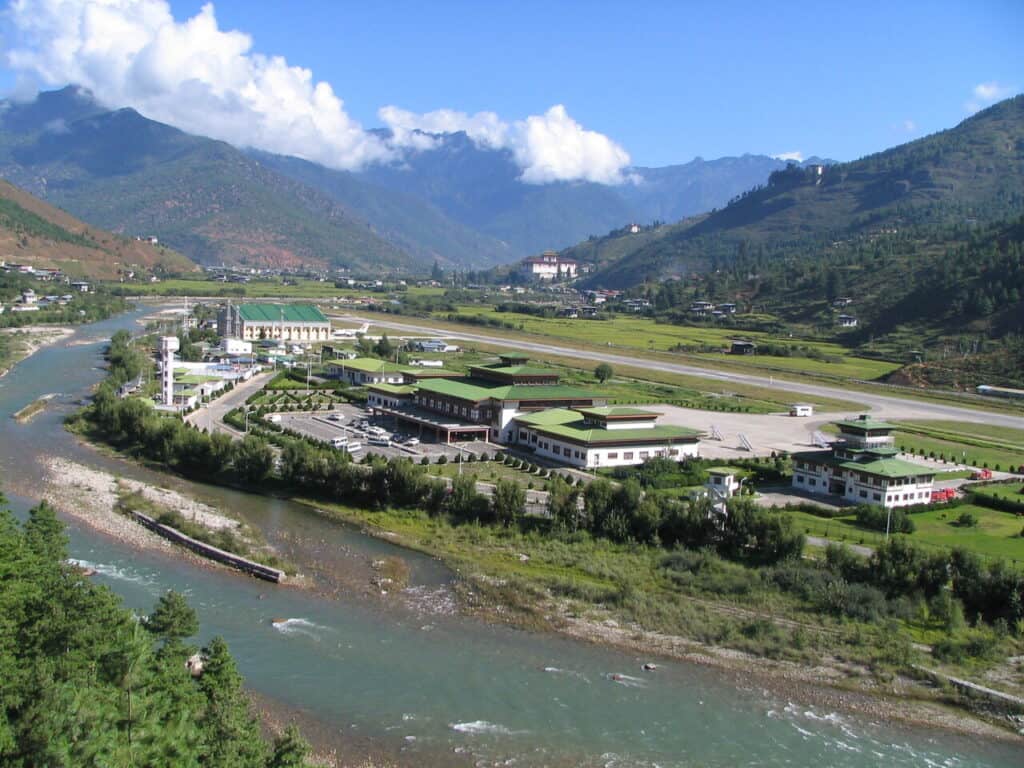
Nestled in the Himalayas, Paro allows only a handful of certified pilots to land there. The approach winds through narrow mountain valleys, often at low altitude, with jagged peaks close to the wings. The runway length is limited, and weather can change in minutes. Travelers often describe the descent as beautiful yet unnerving, with views of snow-capped ridges almost too close for comfort. Flying here is a mix of natural wonder and technical skill few airports require.
5. Courchevel Altiport, France
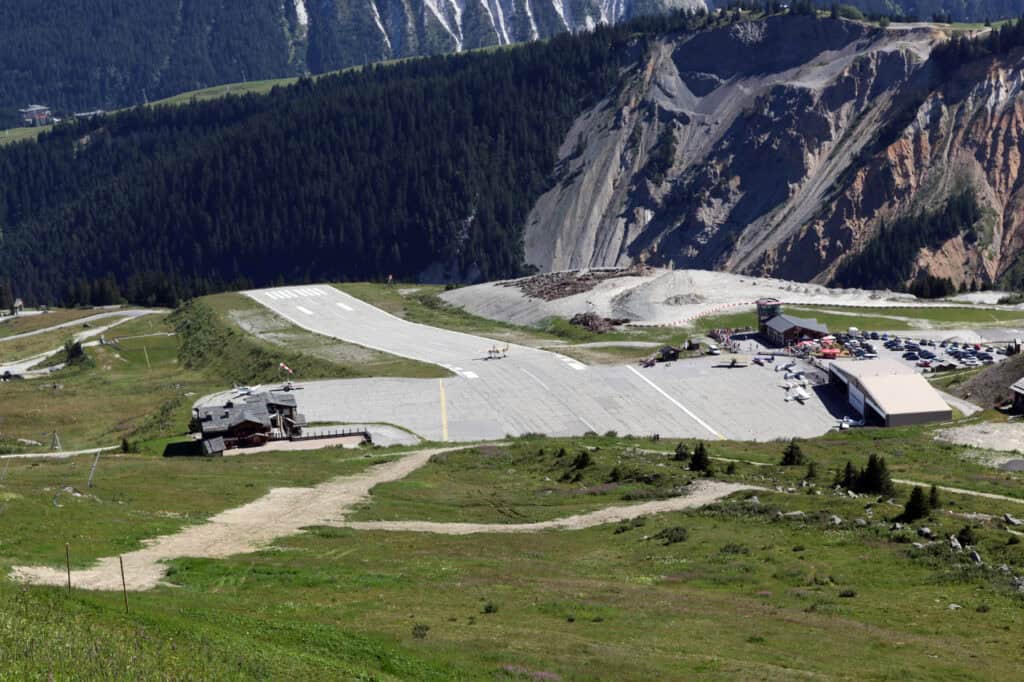
Serving skiers headed for the French Alps, Courchevel has a famously short runway that slopes upward to help planes stop. There are no lights or instrument aids, which means landings and takeoffs happen only in daylight and clear weather. The high altitude also affects aircraft performance. Pilots need specialized training before operating here, and passengers quickly realize why. The snowy mountains create postcard views, but they also form one of Europe’s most precarious airstrips.
6. Gibraltar International Airport, Gibraltar
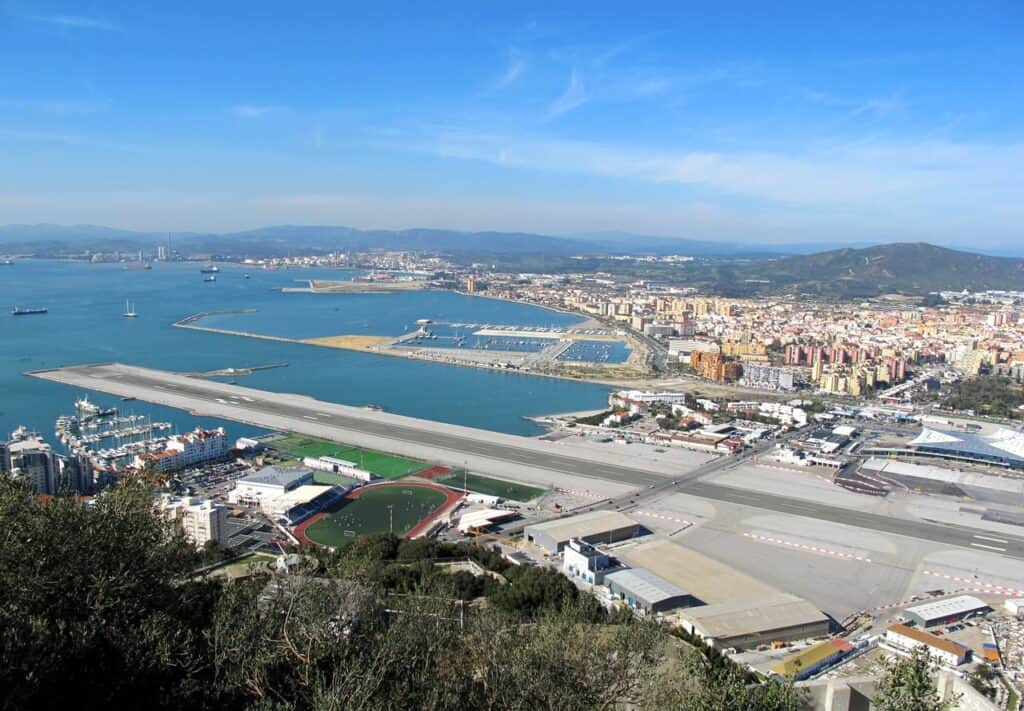
At Gibraltar, the runway cuts straight across the peninsula and even intersects a busy road that must close when planes land or depart. Beyond that novelty, the geography poses real risks. Strong crosswinds sweep around the Rock of Gibraltar, forcing pilots to constantly adjust. The short runway leaves no room for sloppy execution. While flights operate daily, landings often feel abrupt and unpredictable. Travelers here experience firsthand how geography can shape an airport’s difficulty.
7. Madeira Airport, Portugal
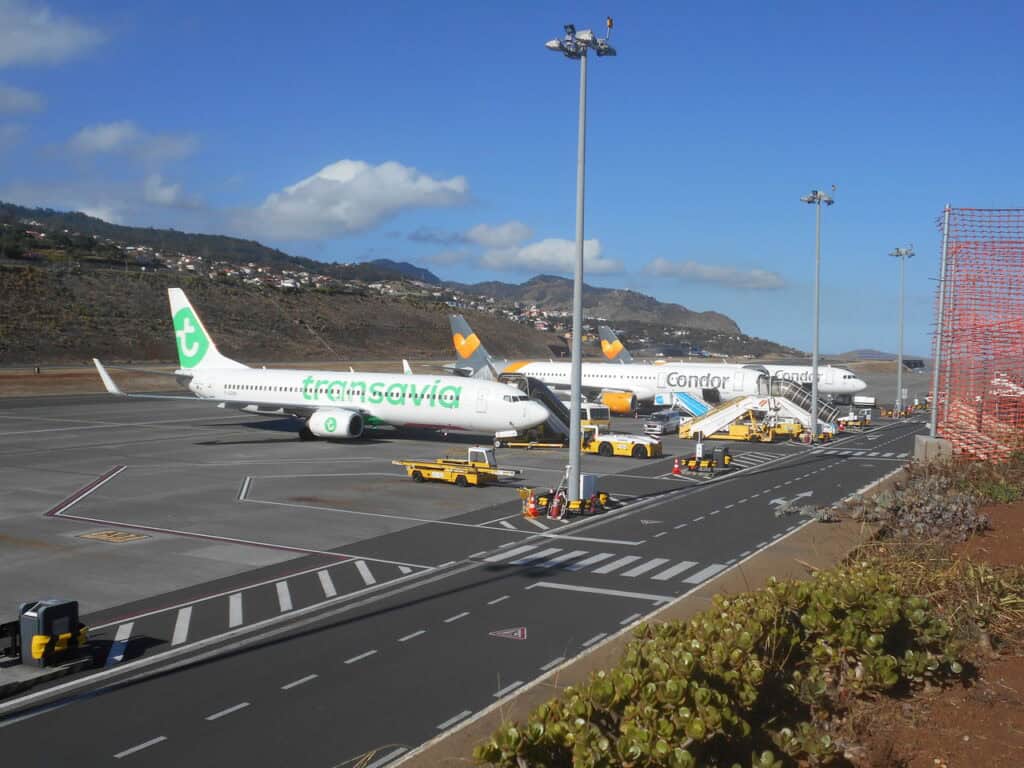
Built on a small volcanic island, Madeira’s runway extends partly over the ocean on giant stilts. Wind currents shift suddenly around the cliffs, demanding sharp control from the cockpit. The extension made landings safer than decades ago, but it’s still one of Europe’s toughest approaches. Many airlines require their captains to undergo special training before flying in. As a passenger, you get sweeping views of the Atlantic, but the turbulence and sharp descents can test your nerves.
8. Wellington International Airport, New Zealand
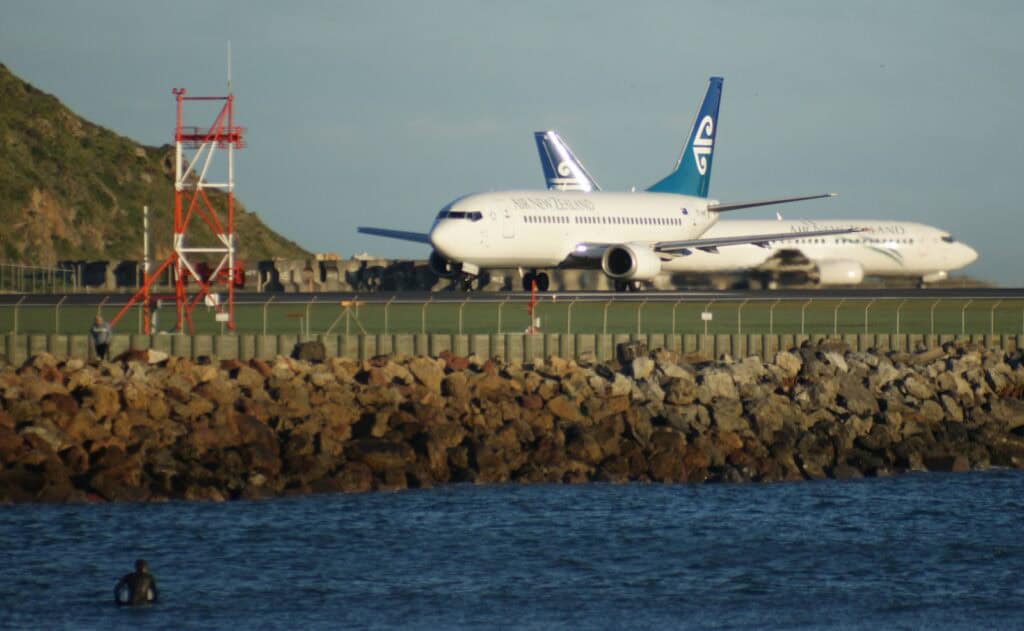
Wellington is known for its wind, and the airport sits directly in the path of it. Pilots often deal with strong crosswinds that buffet planes on final approach, sometimes swaying them side to side until the last second. The single runway ends abruptly at the sea, adding a dramatic backdrop for arrivals and departures. For travelers, it’s not uncommon to feel a bumpy landing or see the wings tilt noticeably, which can be unsettling even though it’s standard for the region.
9. Reagan National Airport, United States
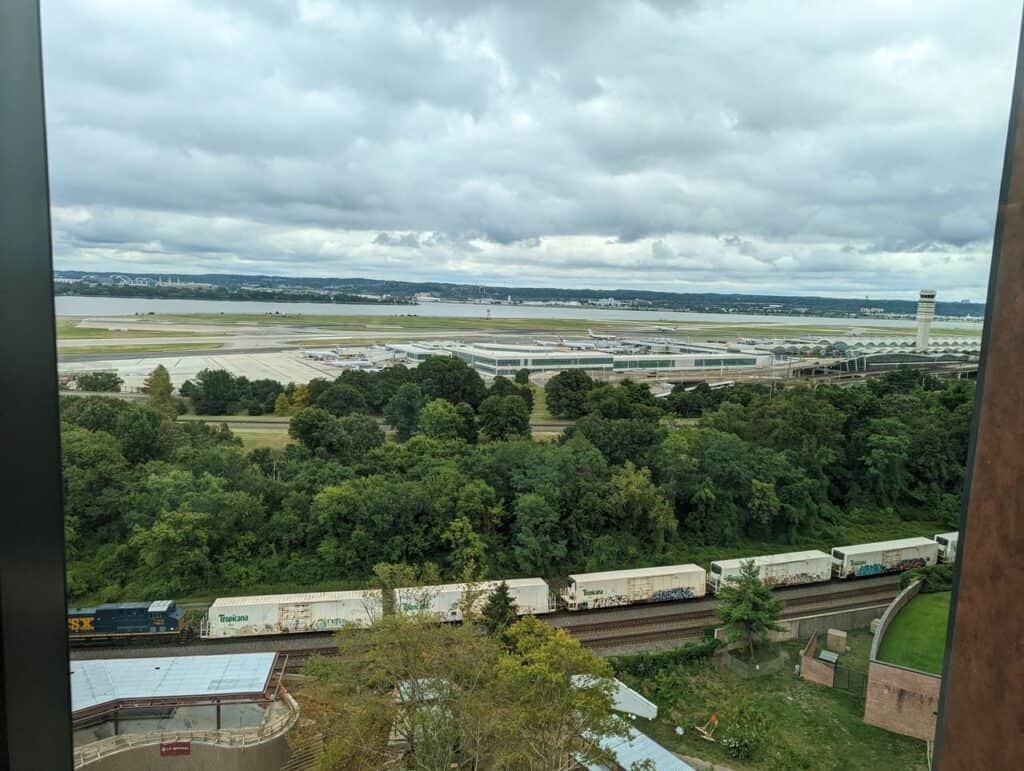
Flying into Washington, D.C., means tight restrictions around airspace. At Reagan National, planes must thread carefully between government buildings and restricted zones. The approach often involves sharp turns and sudden drops to stay within the approved path. The runway length isn’t generous either, making landings brisk. While this airport handles millions safely, the controlled maneuvers and proximity to national landmarks create a tense experience. For first-time passengers, it feels unlike any other U.S. landing.
10. Barra Airport, Scotland
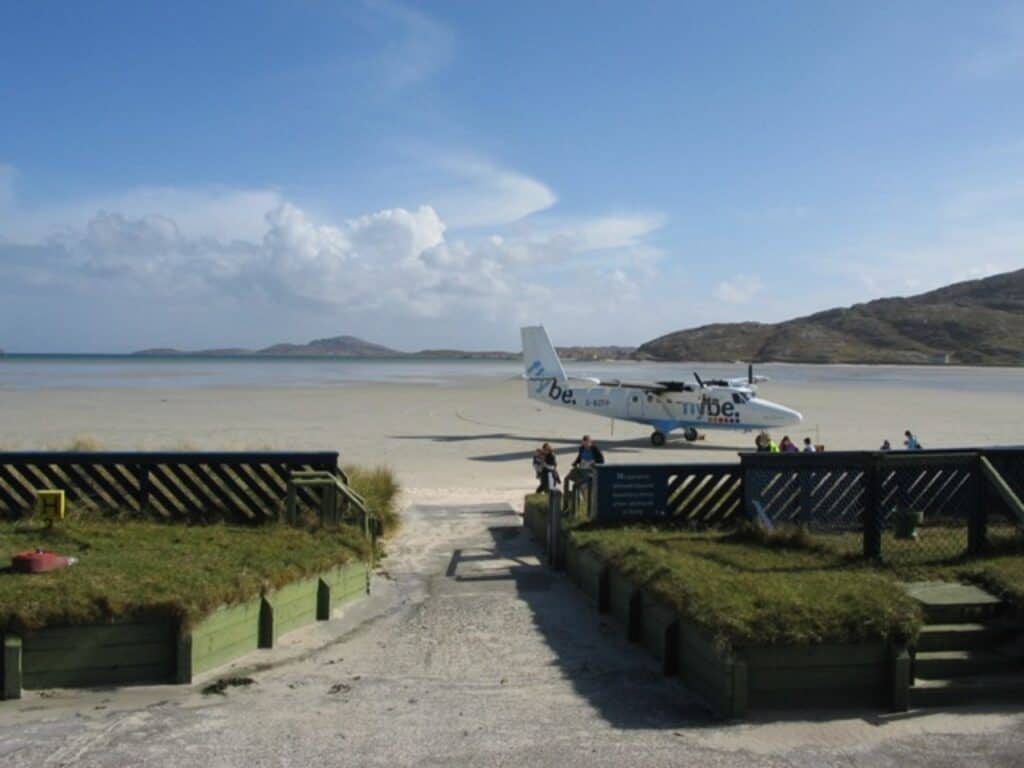
Barra might be the only airport in the world where scheduled flights land directly on a beach. Pilots rely on tide charts, as the runway is submerged twice a day. Operations happen only during daylight hours, and the sandy surface offers little forgiveness if conditions turn rough. For travelers, landing on a strip of wet sand surrounded by sea is surreal. It’s a mix of adventure and vulnerability, where nature dictates the schedule as much as aviation.
11. Aspen/Pitkin County Airport, United States
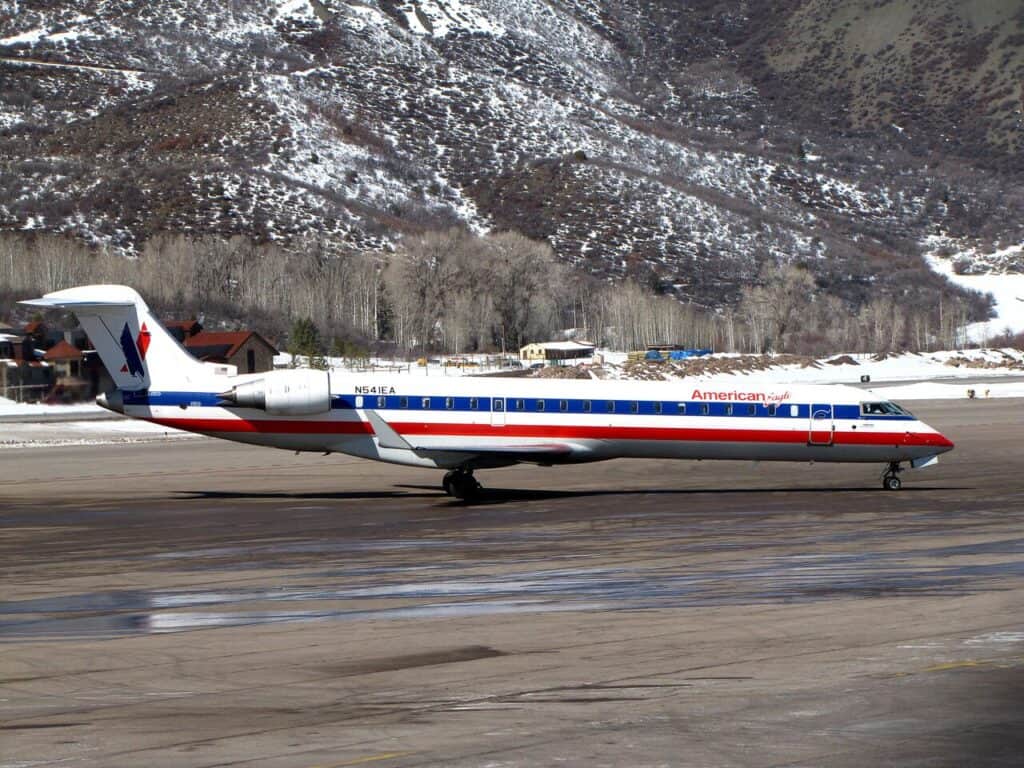
Aspen’s airport is surrounded by mountains, leaving little room for approaches or departures. Aircraft can only take off and land in one direction, regardless of wind, due to terrain. The runway is relatively short for the types of jets that use it, which demands careful calculation. Sudden weather shifts, snow, and high altitude all raise the difficulty. For visitors heading to ski resorts, the final descent is often bumpy and steep, making for a memorable arrival.
12. Tribhuvan International Airport, Nepal
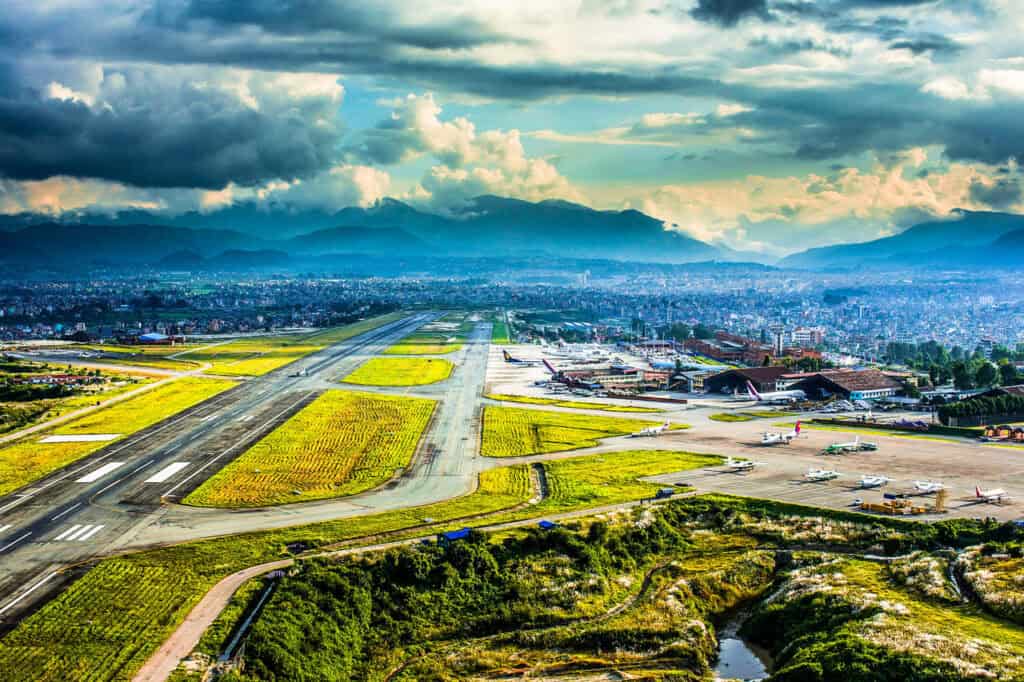
As Nepal’s main airport, Tribhuvan handles heavy traffic despite its challenging setting. It sits in a valley with surrounding hills, which forces pilots to approach through narrow air corridors. Weather delays are common, with fog and smog reducing visibility. The runway has limited length for larger aircraft, and congestion makes timing critical. For travelers, this can mean abrupt descents and sudden changes mid-flight path. It’s a hub of Himalayan access, but not an easy one to navigate.